Rest and recovery after birth
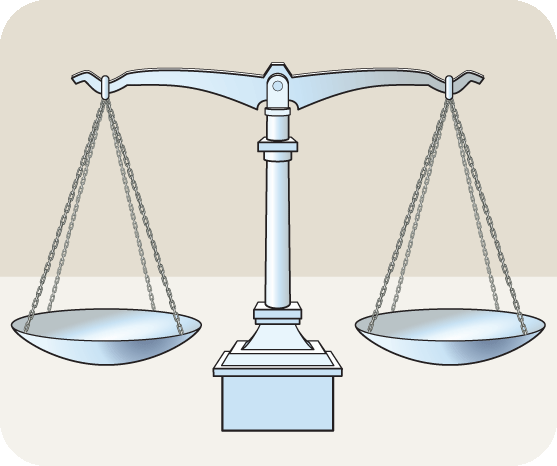
Healing after birth takes time. Balance rest and activity. If you do too much, you might feel aches, pains, throbbing or heaviness in your pelvic area.
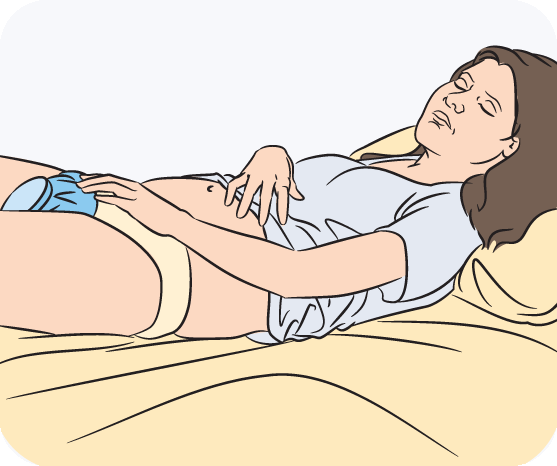
Daytime rest is essential. Lie flat when you rest. An ice-pack or cold gel pack can help with pain, swelling and healing in the early days after birth.
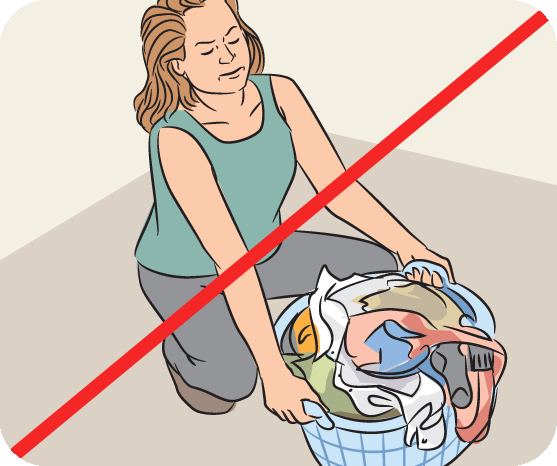
Try to avoid lifting heavy things like other children, wet washing, prams and shopping bags.
How to take care of your body after giving birth
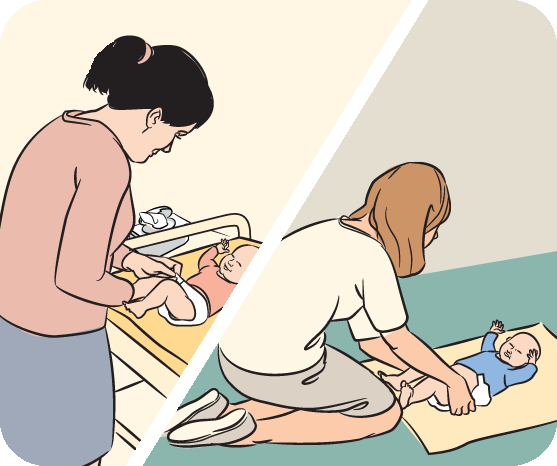
It’s safest to change your baby on a mat on the floor, but this can be hard on your back. It’s OK to use a change table, which is better for your back. Always keep a hand on your baby to stop them falling.
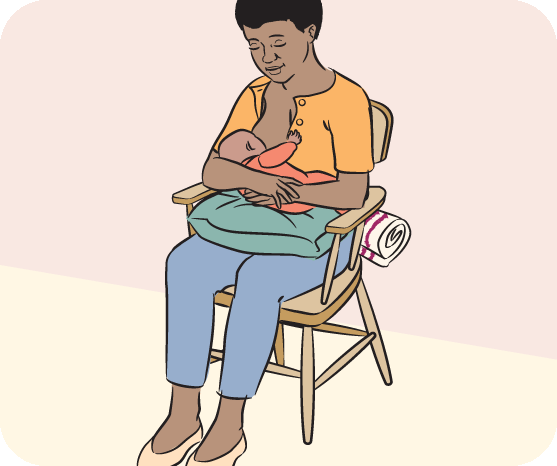
When breastfeeding, relax your neck and shoulders. Support your lower back with a cushion or rolled towel. Use arm rests or a cushion under your arms. Keep your lap flat – put your feet on a stool or box if needed.

Take care of your pelvic floor:
- Avoid straining when you have a bowel movement – take your time, lean forward with a straight back, and relax. Put your feet on a stool.
- Avoid constipation – have high-fibre cereals, fruit and vegetables, and drink plenty of water.
- Do gentle pelvic floor exercises.
Gentle exercise for postpartum recovery
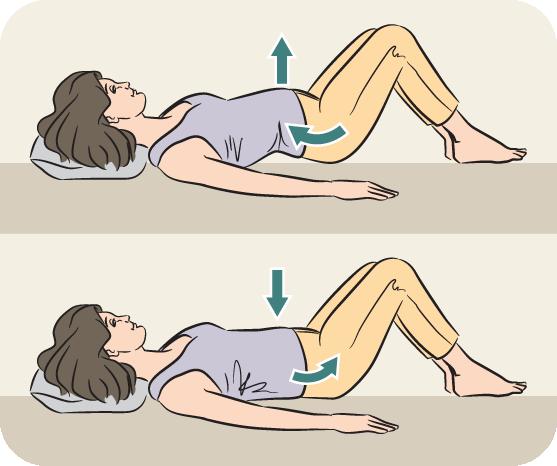
Do gentle exercises for your pelvic floor and abdominal muscles. Rock your pelvis while lying down. When standing, roll your pelvis in a circle. This will make you more comfortable and improve your bladder control.
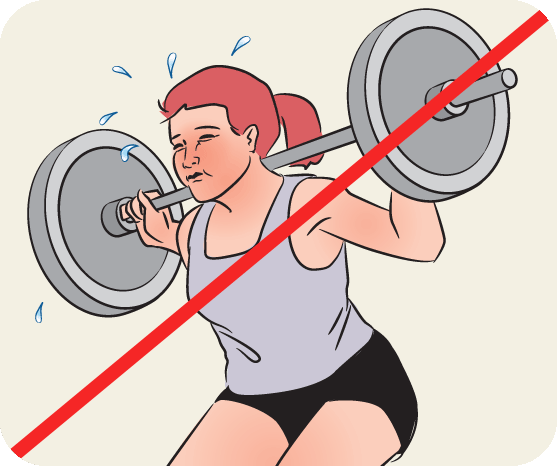
Return to exercise slowly. Avoid intense or heavy exercise. For at least 12 weeks, also avoid exercises that strain your pelvic floor and abdominal muscles. Talk to your GP or a physiotherapist about the right exercise for you.

After a while, try walking, swimming, Pilates or yoga. Everyone’s recovery is different. Your recovery might take longer if you’ve had a caesarean birth, a difficult labour, abdominal separation, an infection or other issues.